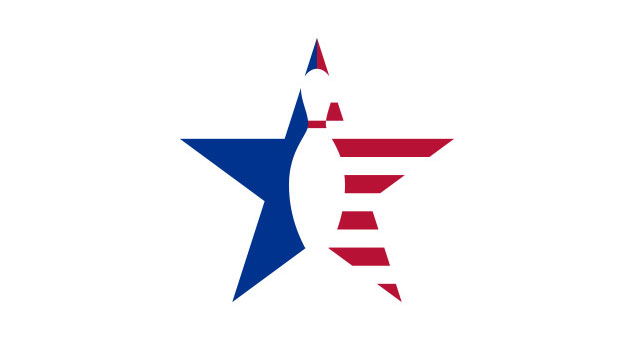Lord Field: Nasty

51 Hook 14 Length 14.5 Breakpoint Shape
Manufacturer’s Intent: “A good early reaction with strong roll makes it easy for the bowler to read the lanes with this ball,” says Tony Martin of Lord Field. “The high-rev player and the low-rev player will benefit equally from the straight lines and from the mass bias puck generating a smooth, strong rolling ball. This ball is a complete change from all our others, and will make an impact on the bowler searching for the predictable low RG ball.”
Core Design: The Torque 3.0 mildly asymmetric core shape looks like a cousin to the core shape used in the Lord Field Jacked (May 2012). The RG, though, is lower at 2.48 (compared to 2.53) and the differential remains moderate at .047. The added twist is the mild asymmetry, which measured in at .007. Bowlers can expect up to 5 inches of track flare with the proper layout.
Coverstock: The Nasty’s blue and green cover is called Proton pearl particle. The factory finish is sanded with 2000 Abralon. Response time off drier boards is moderately quick and even. Oil traction is average. The Ra is medium, which lessens length and oil sensitivity.
Test Results: The Nasty proved to be anything but nasty as it rolled evenly through the midlane and backend. It displayed no skid/flip characteristics on any of our five test patterns. Most of us felt the Nasty could be a true benchmark ball with its box 2000 or with a 4000 Abralon sanding. In lighter oil, the Nasty required polishing to delay its transitions, and in heavier volumes we needed to hit the surface with lower grits. On either Sport or house medium volumes, the Nasty performed quite well, with extended usability and above-average pin carry. In short, the Nasty rolls evenly with a powerful, predictable motion downlane.
When to Use: As stated above, don’t venture too far away from medium volumes for best results. From our power player (425 rev rate) down to our low-rev guy (250), the Nasty was very well behaved when used appropriately. The 70x5x20 skid/flip layout we chose rolled later with an arching finish. Our hook/stop layout of 40x4x60 gave us a 2-foot earlier breakpoint, but with a slightly smoother back-end motion.





